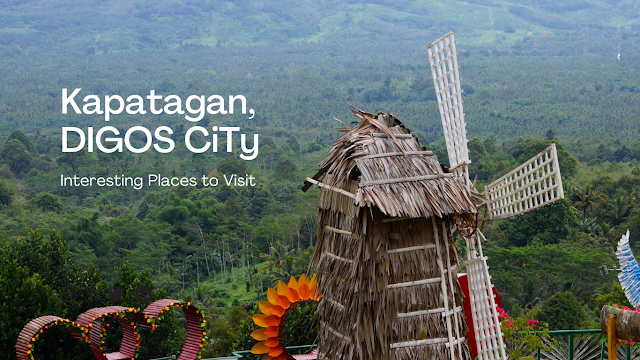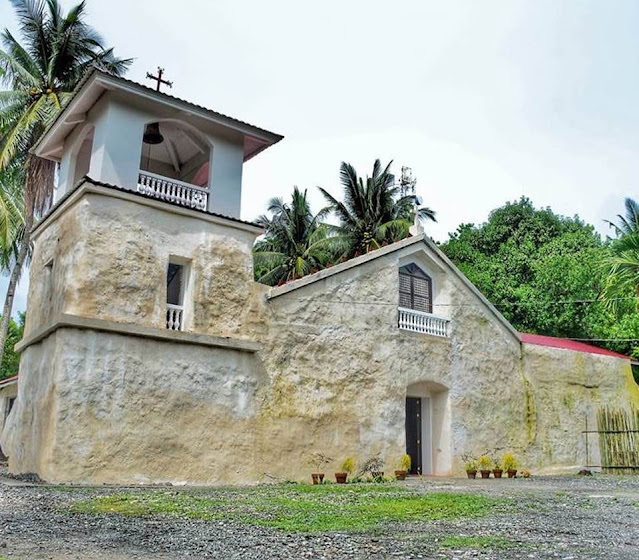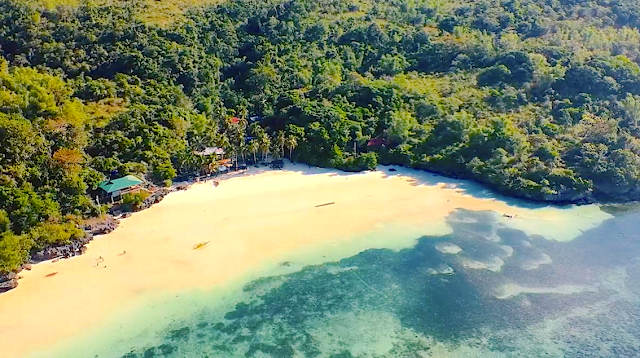Sominot (Don Mariano Marcos), Zamboanga del Sur
Nestled in the heart of the Zamboanga Peninsula region in the Philippines, the municipality of Sominot, also known as Don Mariano Marcos, is a tranquil haven waiting to be explored. With its rich history, picturesque landscapes, and warm community, Sominot offers a unique and unforgettable experience for travelers seeking an escape from the hustle and bustle of modern life.
Sominot (Don Mariano Marcos), Zamboanga del Sur, presents a haven of serenity and natural beauty, beckoning travelers to experience its cultural richness and captivating landscapes. Embrace the wonders of Sominot and embark on a journey that will create cherished memories of a truly unforgettable escapade.
A Glimpse into Sominot's Past:
Established on March 27, 1980, Sominot carries a rich cultural heritage that reflects the resilience and spirit of its people. As part of the 1st district of Zamboanga del Sur, the town covers an area of approximately 111.52 square kilometers, offering a diverse and captivating terrain for exploration.
Embracing Nature's Beauty:
For nature enthusiasts, Sominot is a treasure trove of natural wonders. The town's elevations range from 22 meters to the highest point at 490 meters, providing breathtaking views and opportunities for outdoor activities.
Exploring Sominot's Barangays:
Sominot is comprised of 18 barangays, each with its own distinct charm and cultural heritage. From the warm hospitality of its residents to the vibrant festivals that showcase local traditions, each barangay contributes to the vibrant tapestry of Sominot's identity.
Economic Landscape:
Sominot holds the classification of a 5th municipal income class, facing the challenges of poverty incidence like many areas in the Philippines. However, the town's revenue and assets demonstrate steady growth, indicating progress in its economic endeavors.
Sominot's Warm Community:
One of the highlights of Sominot is the warmth and friendliness of its community. Interacting with the locals provides visitors with a deeper understanding of the town's rich heritage and cultural practices.
Preserving Natural Treasures:
As visitors traverse Sominot's natural landscapes, it is essential to practice responsible tourism. By respecting the environment and supporting local conservation efforts, travelers can help preserve the town's beauty for generations to come.
Unveiling Hidden Gems:
While in Sominot, explorers can uncover hidden gems like enchanting waterfalls, serene rivers, and peaceful hiking trails. These hidden treasures offer a chance to reconnect with nature and immerse oneself in the tranquility of the surroundings.
Experience the Serenity of Sominot:
Whether seeking adventure, cultural immersion, or a peaceful retreat, Sominot welcomes all to discover its hidden wonders. From the majestic landscapes to the warm hospitality of its people, Sominot promises a memorable journey that will stay in the hearts of travelers forever.
Getting to Sominot:
To reach Sominot, travelers can fly into nearby airports such as Zamboanga or Dipolog and then embark on a scenic road trip to the town.







